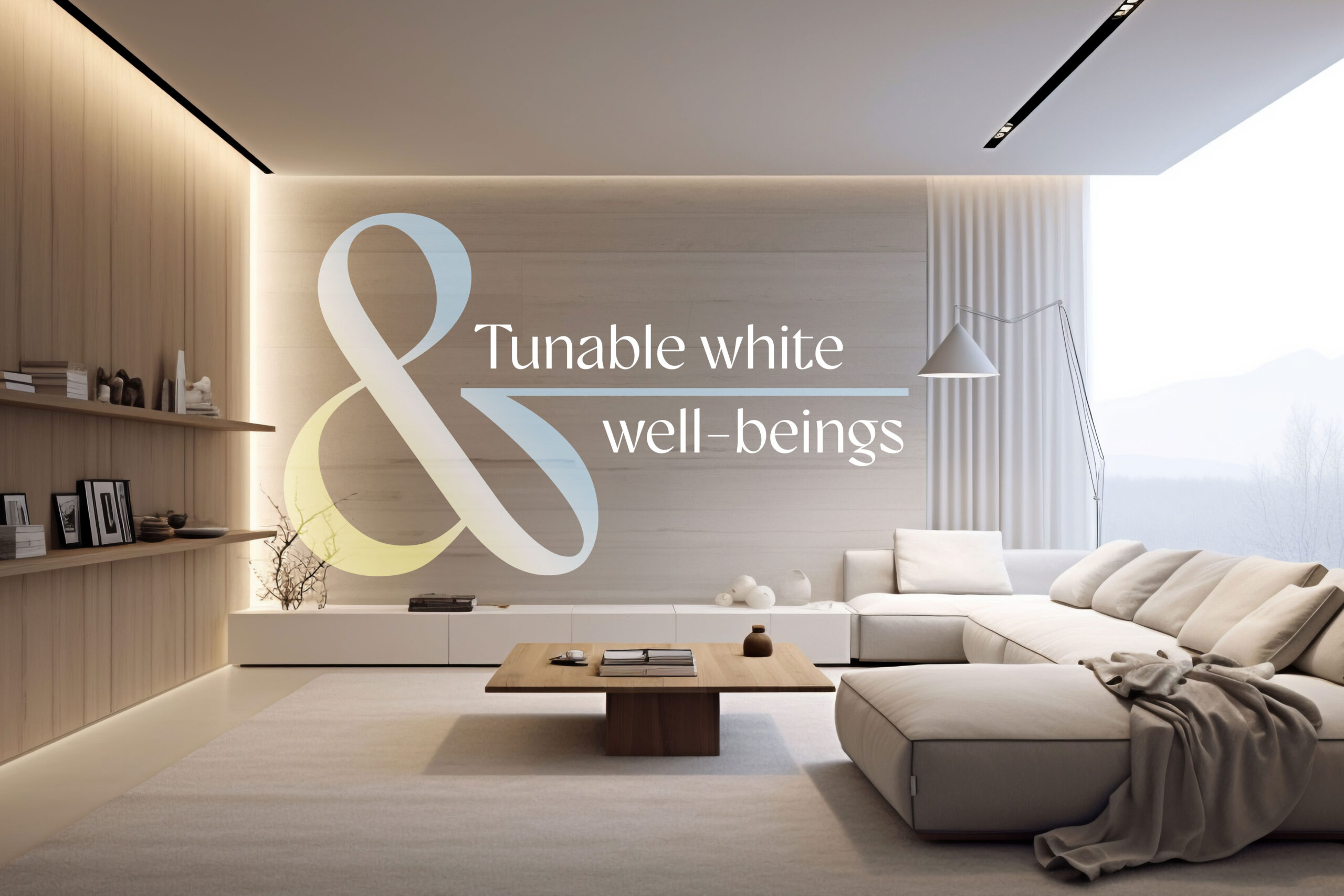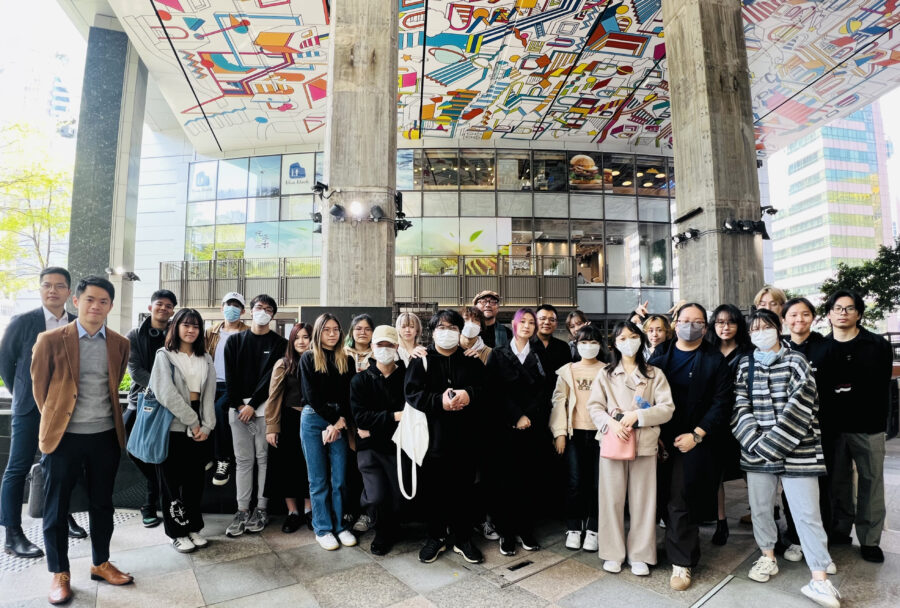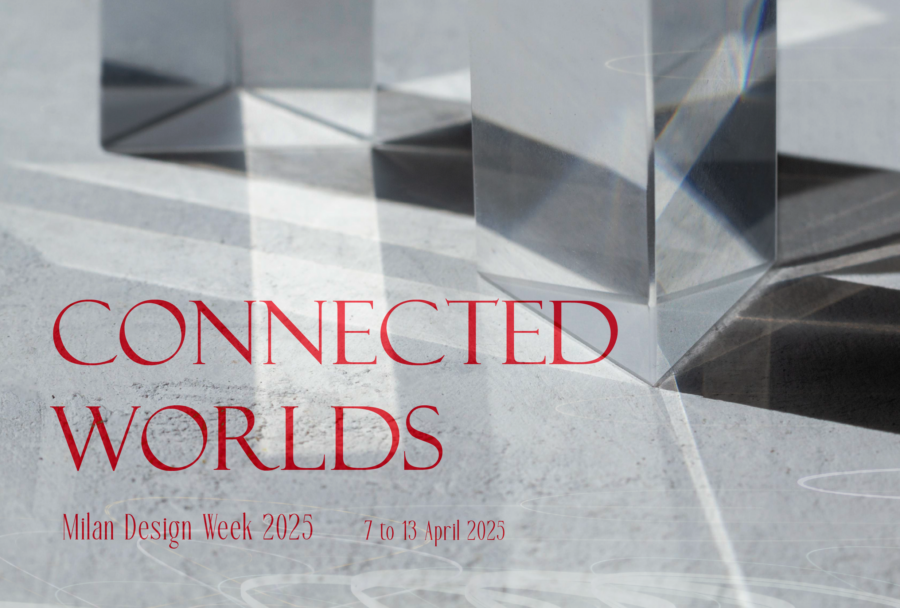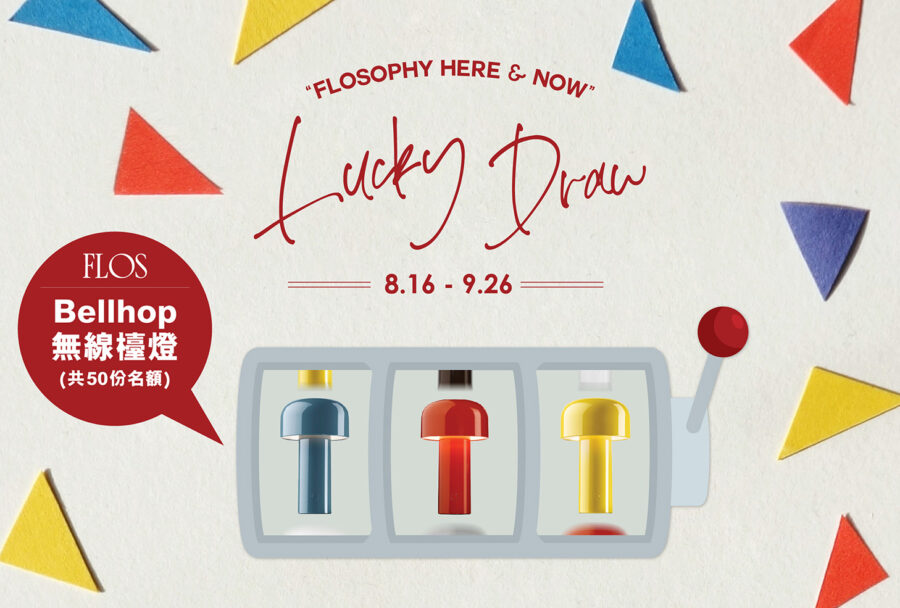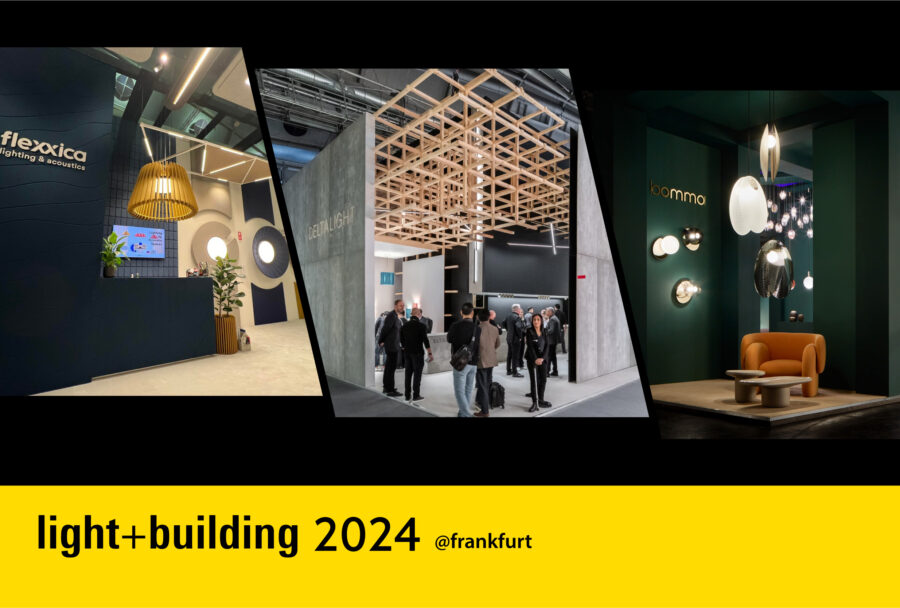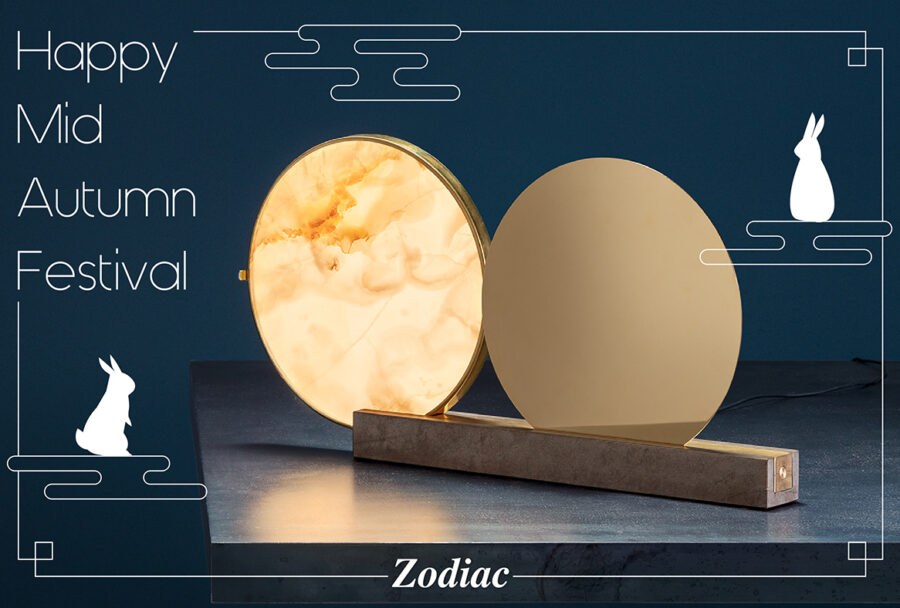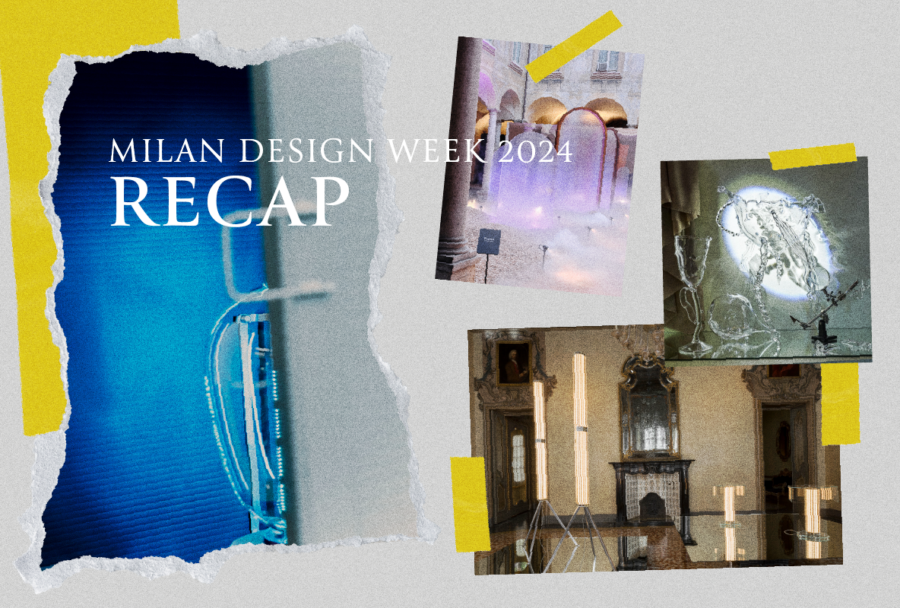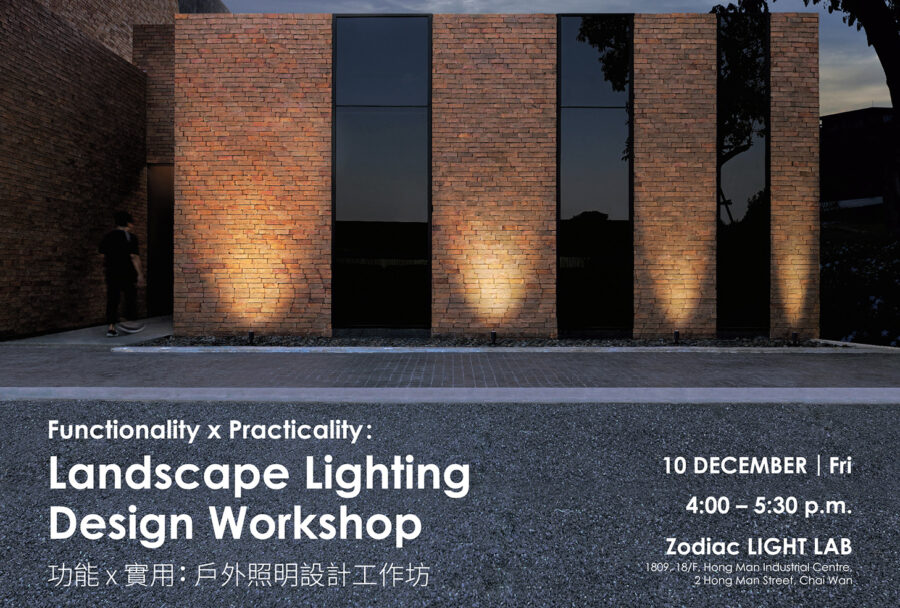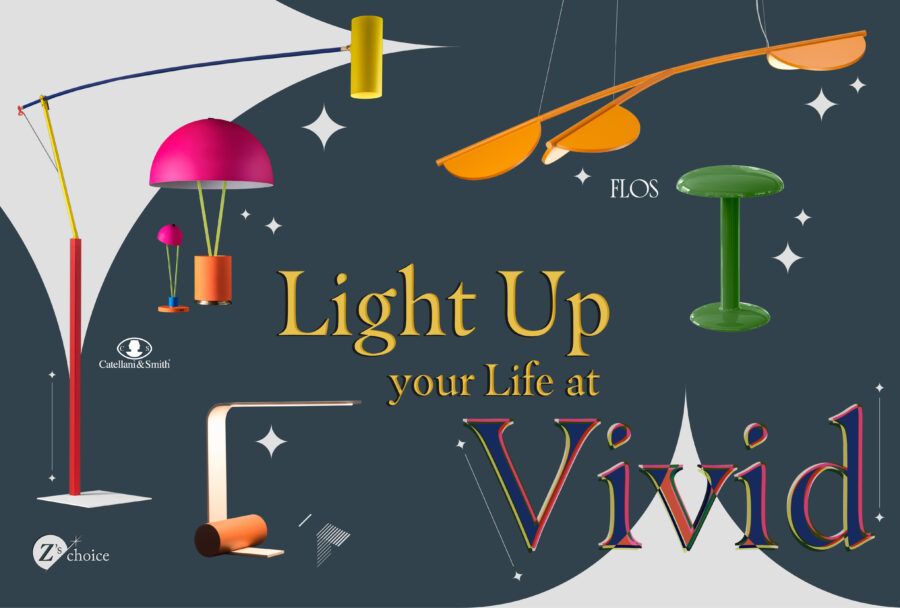Tunable white and well-beings
Tunable white and well-beings
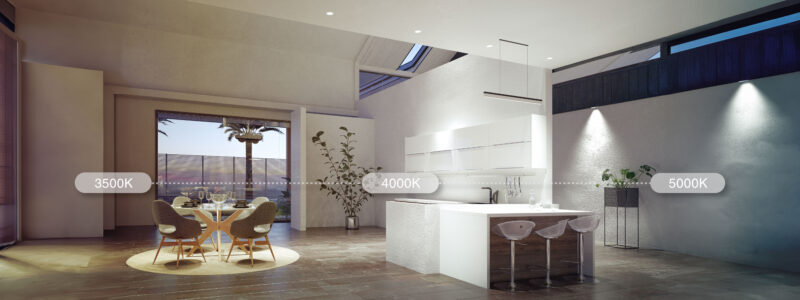
Introduction
Light is essential, like air and water. In this generation, people used to spend more time in artificially lit surroundings, there are consequences for our well-being.
At the same time, tunable white technology allows tailoring indoor lighting by correlated color temperature (CCT), illuminance level, time of day, spectrum, and other special human needs.
The benefits of tunable white lights include increasing comfort, improving well-being, reducing anxiety, engaging learning, higher productivity, faster recovery time, customized ambiance, and superior retail experiences.
Lighting market segments – hospitality, retail, education, commercial, and healthcare – are gradually realizing the value of tunable white technology in Human centric level. For these reasons, tunable white lighting has attracted the attention of architects, lighting specifiers, interior designers, and building owners.
How does Tunable White lighting work?

Tunable white lighting means the ability to control a light source’s color temperature output, by using LED lighting fixtures that contain two or more colors of LED chips.
Typically, tunable white lighting fixtures have both cool white and warm white LED chips, which enables people to adjust the color of light from warm to neutral to cool in appearance, based on applications, event needs, and occupant preference. It is the basement of Human Centric Lighting.
Benefits of Tunable white lights to human beings
Tunable white technology enables human-centric lighting applications. Human Centric Lighting focuses on creating lighting that puts the user at the center. Aimed at improving the quality of life and well-being of people, it uses artificial lighting that is as close to natural light as possible.
By adjusting the color temperature of a luminaire’s white light output, tunable white technology creates artificial light that mimics natural daylight and its daily warm-to-cool cycle. And this is important to those that spend many hours indoors.
In 2017, NIGMS-funded researchers, Jeffrey C. Hall, Michael Rosbash, and Michael W. Young won the Nobel Prize in Physiology or Medicine for their circadian rhythms research. In which investigations have shown that people may receive benefits including better focus, sleep, and general feelings of wellness when they have access to nature’s 24-hour daylight cycle, which is also called the Circadian rhythms.
Tunable white lighting can at the same time control circadian rhythm by light manipulation. Circadian rhythm is your body’s clock that tells you when to wake up and when to sleep. Tunable white lighting can mimic natural light and support your circadian rhythm, which can improve your health and well-being.
On the other hand, studies from California Lighting Technology Center have shown that light color temperature can impact one’s mood and productivity. Hence, tunable white lighting can be used to create a specific ambiance to enhance mood and improve productivity and alertness in various settings such as offices, factories, and healthcare facilities.
Finally, Tunable white lighting can change the ambiance of a space according to your preferences and needs, whereas to create different moods and atmospheres for different occasions or activities.
So, it is time to get in touch with the new trend of lighting — Tunable white!

